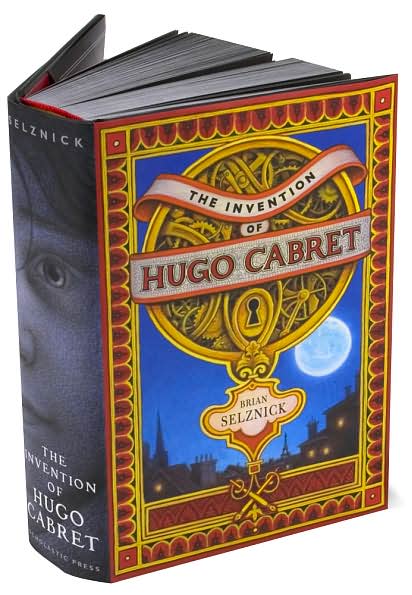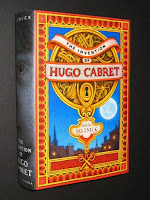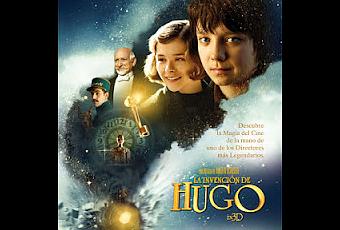

Before dying, his father had taken Hugo to a museum where he worked part time and showed him an astonishing thing: a clockwork man, moldering and broken in the attic. Hugo is 12, an orphan devoted to his father’s trade, clockmaking. Disheveled but intent, he skulks through the station and slips behind a ventilation grate in a dark passage, giving a glimpse of the holes in the sole of his shoe. The imagined camera zooms through the doors to take in the crowd, and there is Hugo. As you turn the pages, the frame widens, the moon makes its way across the sky over Paris in 1931 and the dawn breaks over a train station. His head is full of secrets, and he’s waiting for his story to begin.”Īnd then it does, opening with a tight shot of the moon. You will eventually spot a boy amid the crowd, and he will start to move through the train station. The brief introduction states this explicitly: “I want you to picture yourself sitting in the darkness, like the beginning of a movie.

This is much more than a graphic novel: it is more like a silent film on paper. The result is a captivating work of fiction that young readers with a taste for complex plots and a touch of magic - think Harry H., not Harry P. While they may lack the virtuosity of Chris Van Allsburg’s work or David Wiesner’s, their slight roughness gives them urgency. At more than 500 pages, its proportions seem Potteresque, yet it makes for quick reading because Selznick’s amazing drawings take up most of the book.

Take that overused word literally: “Hugo Cabret” evokes wonder. But he still has stories of his own to tell, and now here’s a big one: “The Invention of Hugo Cabret.” In the years since, Selznick has become known more for his artwork than for his writing, illustrating books like “The Dinosaurs of Waterhouse Hawkins,” written by Barbara Kerley (which won a Caldecott Honor in 2002). The book presents deep mysteries, shattered dreams and dreams regained. He is enthralled, then disillusioned, then - years later - triumphantly makes the connection he had been yearning for all his life. It told a story with unexpected emotional power: A boy obsessed with Harry Houdini actually meets his idol in Grand Central Terminal. Yet his handsome picture book, with its rich language and engaging pencil drawings, was a real find. Selznick was working at the store at the time, which helps explain the great placement. “The Houdini Box,” by Brian Selznick, sat right by the cash register.

In 1991, my wife and I wandered into Eeyore’s Books for Children on the Upper West Side, looking to freshen the nightly round of bedtime stories.


 0 kommentar(er)
0 kommentar(er)
